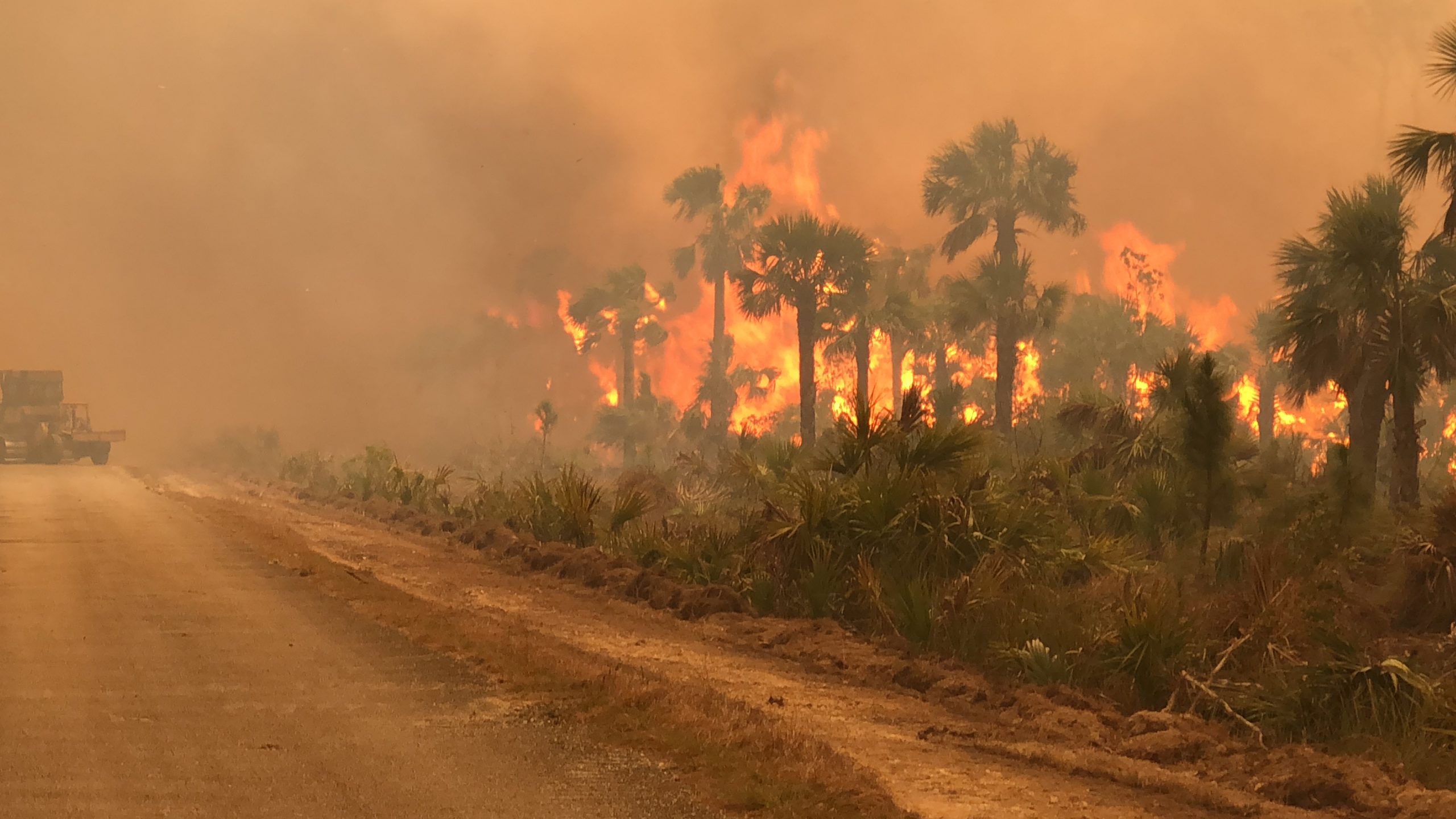Wildfire Awareness
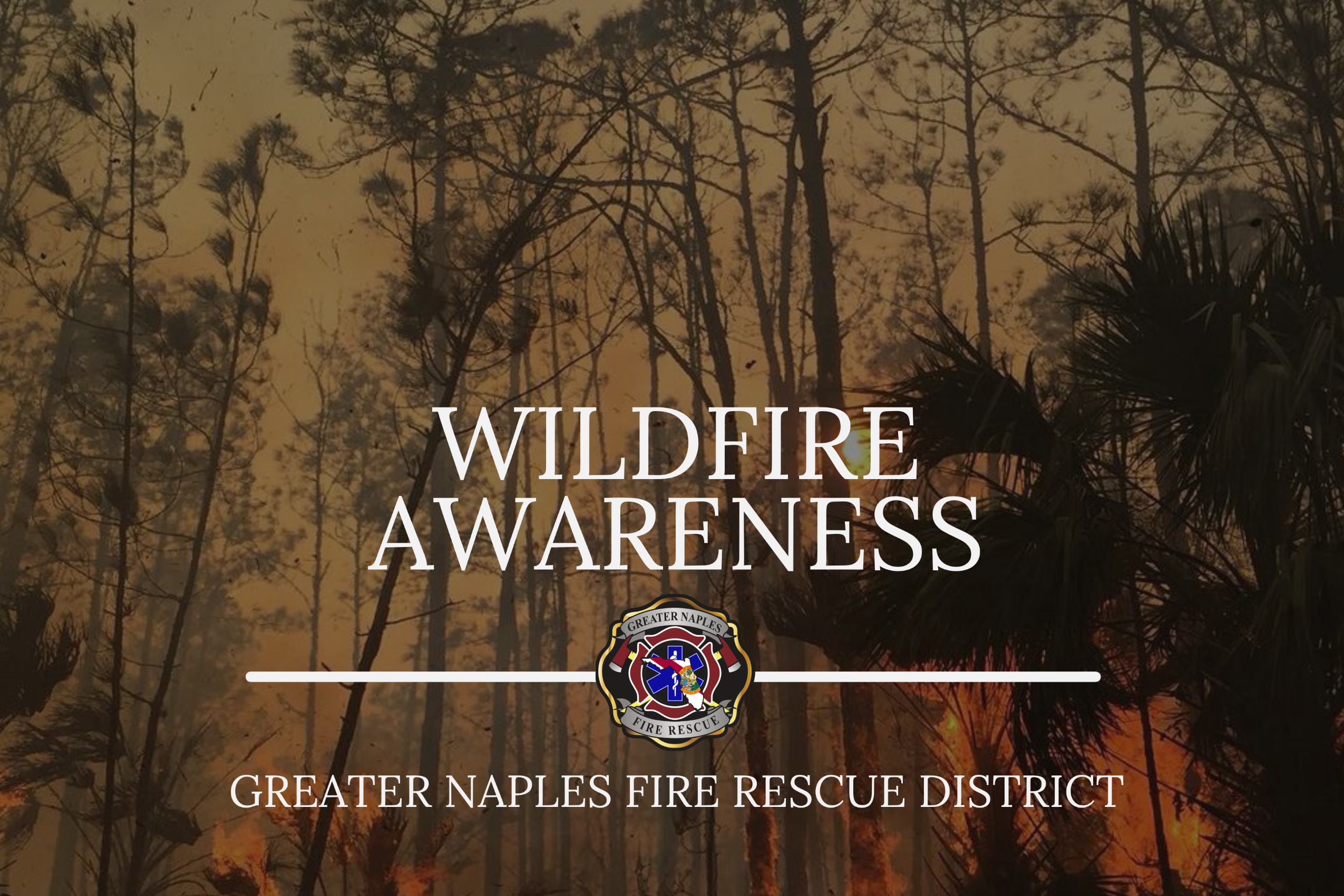
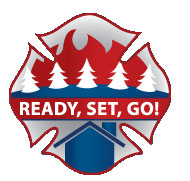
READY, SET, GO!
A Plan to Keep You and Your Family Safe
GET READY
Prepare your family
• Make a plan
• Plan several evacuation routes, a place to meet, and evacuation for animals
• Instruct your family on how to use a fire extinguisher
• Ensure that your family knows how to shut off gas, electricity, and water
• Make an emergency supply kit
• Have a portable radio to stay updated on the fire
What Should Be in Your Emergency Supply Kit?
• Three-day supply of water (One gallon per person per day)
• Three-day supply of non-perishable food for all family members and pets
• First Aid Kit
• Flashlight, battery-powered radio, and extra batteries
• An extra set of car keys, credit cards, cash or traveler’s checks
• Sanitation supplies
• Extra eyeglasses or contact lenses w/ contact case & cleaning solution
• Map marked with evacuation routes
• Prescriptions or special medications for family members and/or pets
• Family photos and other irreplaceable items
• Easily carried valuables
• Personal computers (information on hard drives and disks)
• Chargers for cell phones, laptops, personal electronic devices, etc.
CREATE A DEFENSIBLE SPACE
A defensible space is the required space between a structure and the wildland area that, under normal conditions, creates a sufficient buffer to slow or halt the spread of fire to a structure.
ZONE 1 – DEFENSIBLE SPACE
Nothing should be flammable within 30 feet of your house. Keep mulch moist and plant only low-flammable plants. Pruning branches and mowing regularly can keep your area free of burnable debris.
ZONE 2 – FUEL REDUCTION AREA
From 30 to 60 feet from your house, the massing of flammable plants should be avoided in this area. Only low and moderately flammable plants in this area. Leave 10 to 15 feet of space between the edges of tree crowns to prevent transfer fire.
ZONE 3 – TRANSITION ZONE
Moderately flammable plants are acceptable from 60 to 100 feet from your house, but the massing of flammable plants should be minimized.
ZONE 4 – PERIMETER ZONE
100+ feet from your house, more flammable plants can be used, although pruning and maintenance are still essential.
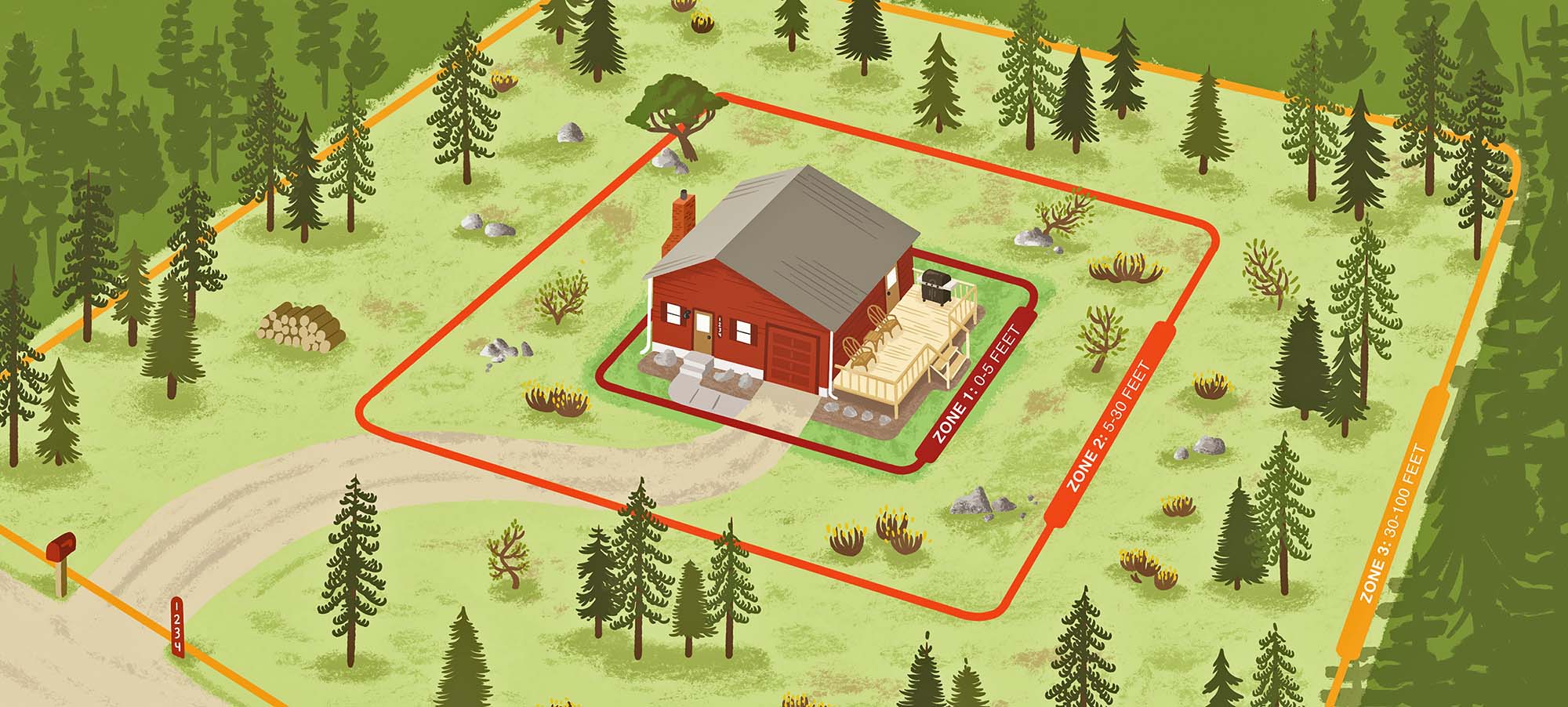
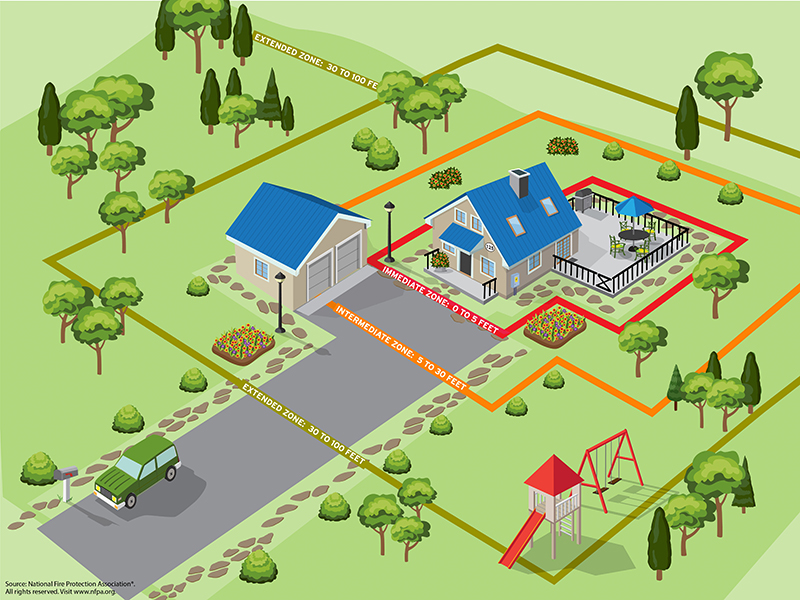
GET SET
• Be ready to leave as soon as you are set!
• Alert family and neighbors
• Dress in appropriate clothing (i.e., clothing made from natural fibers, such as cotton, and work boots)
• Have goggles and a dry bandana or a dry particle mask handy
• Keep the emergency supply kit close by
• Stay tuned on your TV, local media stations, or social media platforms (like the GNFD Facebook or Instagram page) for updates
• Check the local Emergency Management website
• Remain close to your house, drink plenty of water, and keep an eye on your family and pets until you are ready to leave
INSIDE CHECKLIST (IF TIME ALLOWS)
• Shut all windows and doors.
• Remove flammable window shades and curtains and close metal shutters
• Move flammable furniture to the center of the room, away from windows/curtains
• Shut off the gas at the meter, turn off the pilot lights
• Leave your light on so firefighters can see your house under smoky conditions
• Shut off the air conditioning
OUTSIDE CHECKLIST (IF TIME ALLOWS)
• Gather up flammable items from the exterior of the house and bring them inside (i.e., patio furniture, children’s toys, door mats, etc.) or place them in your pool
• Turn off propane tanks
• Don’t leave sprinklers on or water pressure
• Leave exterior lights on
• Have a ladder available
• Patrol your property and extinguish all small fires until you leave
• Seal attic and ground vents with pre-cut plywood or commercial seals if time permits
IF YOU ARE TRAPPED: SURVIVAL TIPS
1. Stay away from the walls
2. Bring garden hoses inside the house so embers don’t destroy them
3. Patrol inside your home for spot fires and extinguish them
4. Wear long sleeves and long pants made of natural fiber, such as cotton
5. Ensure you can exit the home if it catches fire (remember, if it’s hot inside the house, it is 4-5 times hotter outside)
6. Place wet towels under doors to keep smoke and embers out
7. After the fire has passed, check your roof, attic, and around your property to extinguish any fires, sparks, or embers
8. If there are any fires you cannot extinguish in a short time, call 9-1-1.
GO!
• Leave early to avoid being caught in the fire.
• Don’t wait to be told by the authorities to leave.
• Go to the predetermined location as planned out.
• Have several escape routes.
• Choose the route that goes away from the fire.
• Make sure you bring your emergency supply kit.
